Dec. 13, 2003: A look back at the capture of Saddam Hussein
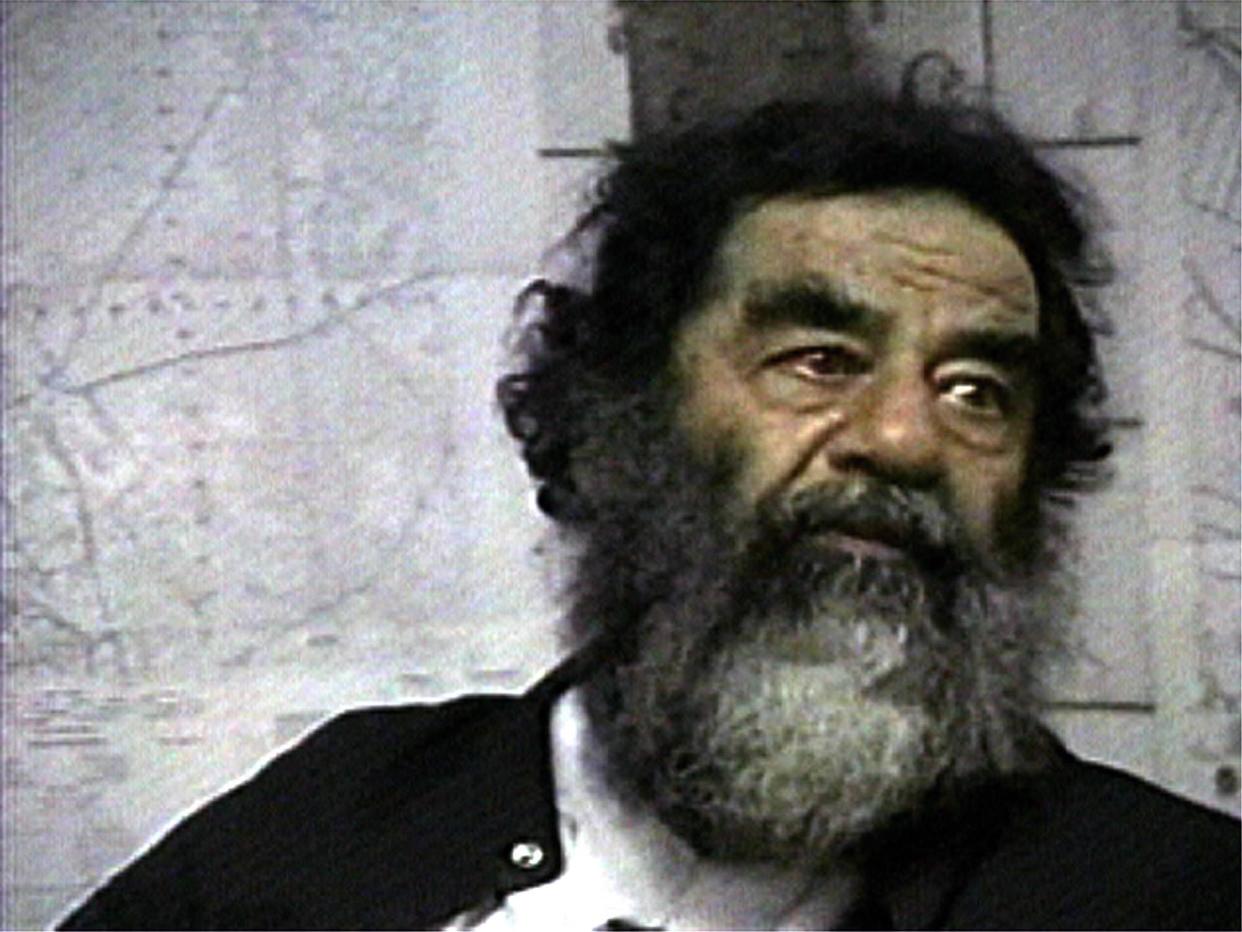
- Oops!Something went wrong.Please try again later.
Nearly 20 years ago the world saw the fall of a dictator: On Dec. 13, 2003, U.S. forces captured Iraqi leader Saddam Hussein while hiding in a hole in the ground near his hometown Tikrit.
An Associated Press story in The Florida Times-Union described it like this: "Eight months and four days after the fall of Baghdad, it fell to soldiers of the 4th Infantry Division and a secretive team of commandos to pry Saddam Hussein from a hole in the ground far smaller than the craters made by U.S. bombs that missed him on the war's opening night."
Mideast: U.S. officially ends Iraq War
"Ladies and gentlemen, we got him," Paul Bremer, President George W. Bush's point man in Baghdad, confirmed at a news conference in another story that weekend. "The tyrant is a prisoner."
Bush called it "a dark and painful era" for Iraq.
President Obama confirms: Osama bin Laden killed in U.S.-led operation
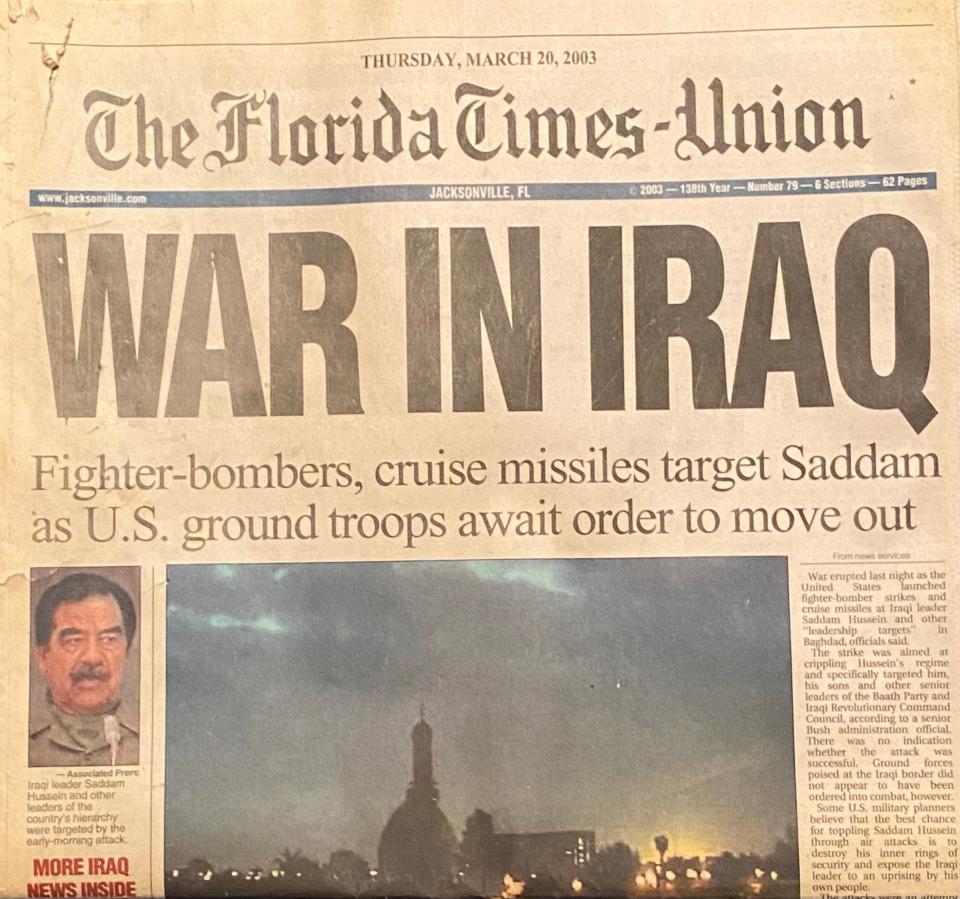
It had begun March 19, 2003, when the United States and United Kingdom launched "shock and awe" night air attacks. Newspapers, much like the Times-Union, emblazoned headlines of "War in Iraq."
By May 1 the president declared Iraq defeated. It still meant plenty of casualties. But following the historic capture of Saddam, several Gulf War veterans told the Times-Union's Mark Woods, "It was a big day for the troops, a big day for the Bush administration and — perhaps most of all, they said — a big day for the Iraqi people."
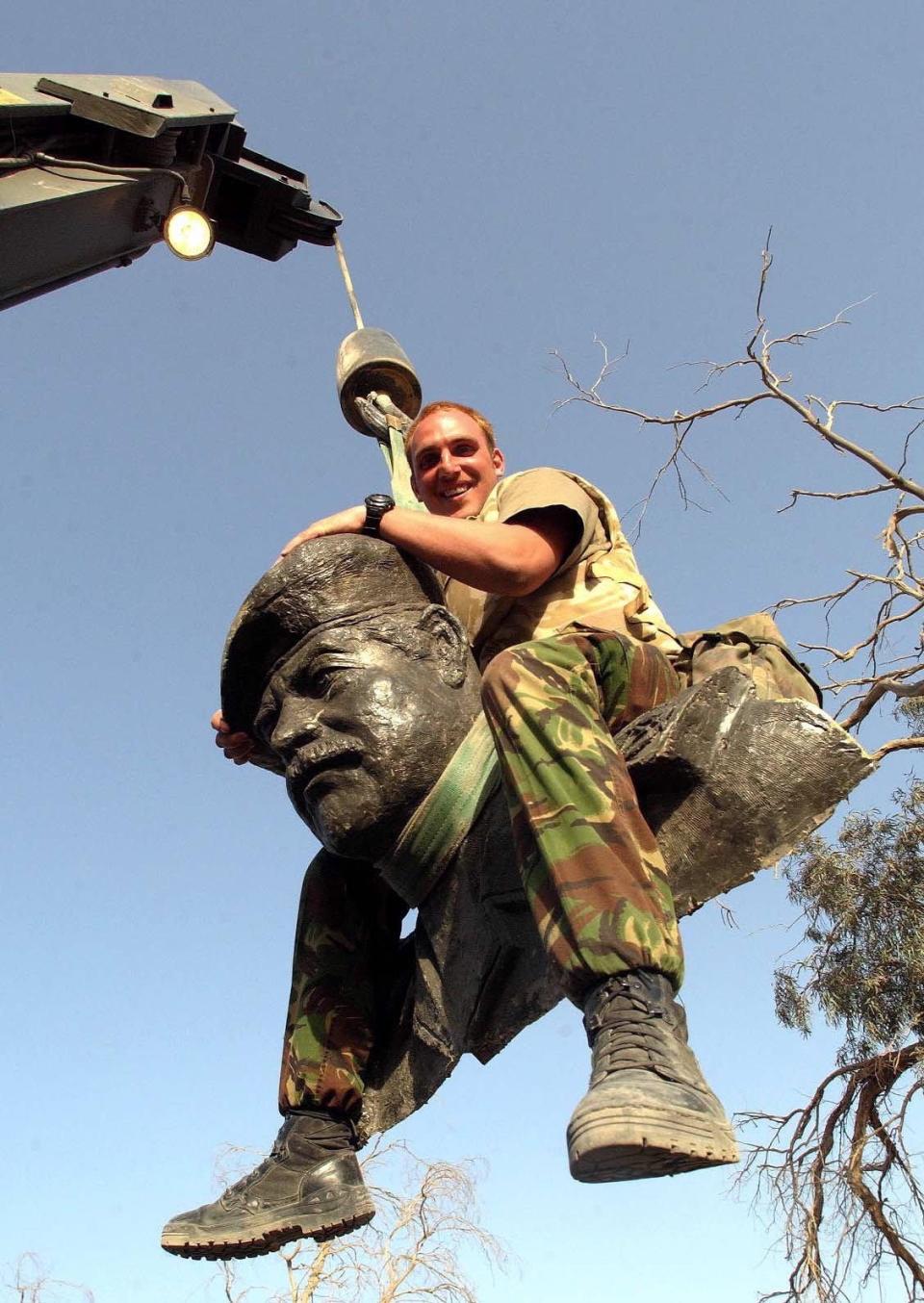
David Shoar, who was police chief in St. Augustine at the time before becoming sheriff, said, "I think the 4th Infantry Division gave our country a big Christmas present."
As a veteran who fought in the Gulf War, he said it was important to get some closure. "Everybody thought it was a bad decision to stop the invasion back then," he said. "But I can tell you that when you're a grunt on the ground over there, it's a different story. You have a different perspective."
Michael Scott Speicher: Fighter pilot's remains found 18 years after crash in Iraq
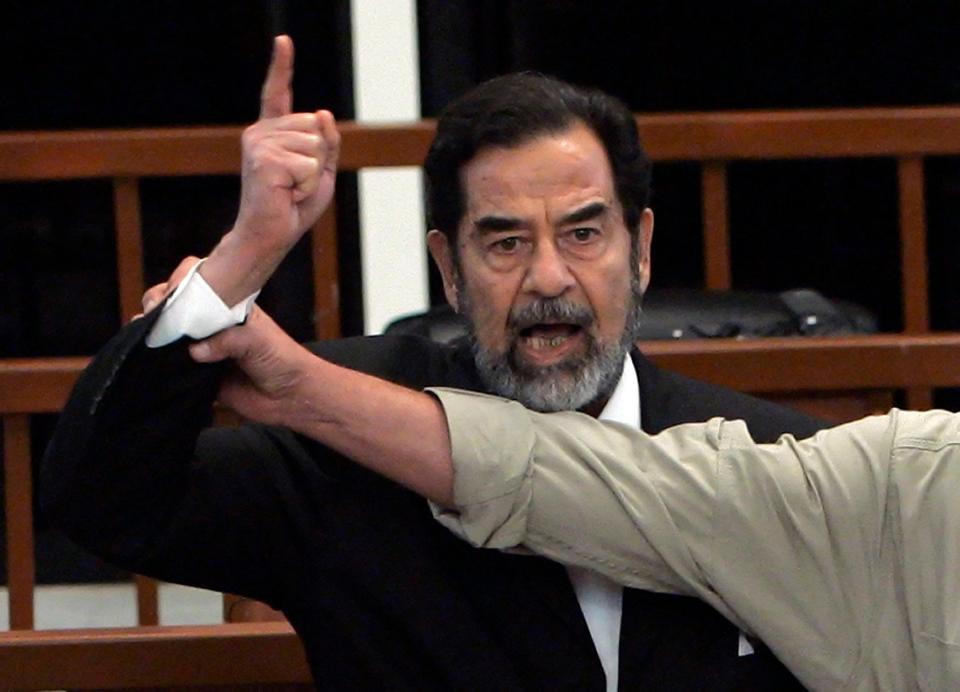
Saddam would eventually go on to trial for crimes against humanity and genocide. After being convicted, he was executed by hanging on Dec. 30, 2006.
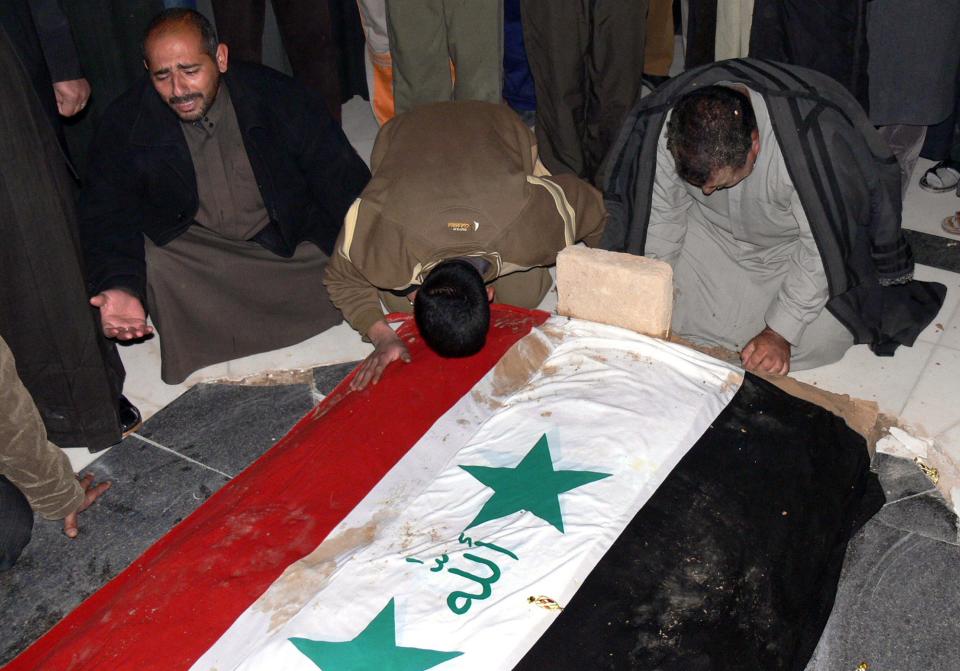
Next up, Osama bin Laden.
This article originally appeared on Florida Times-Union: Jacksonville looks back to the fall of Iraqi leader Saddam Hussein

